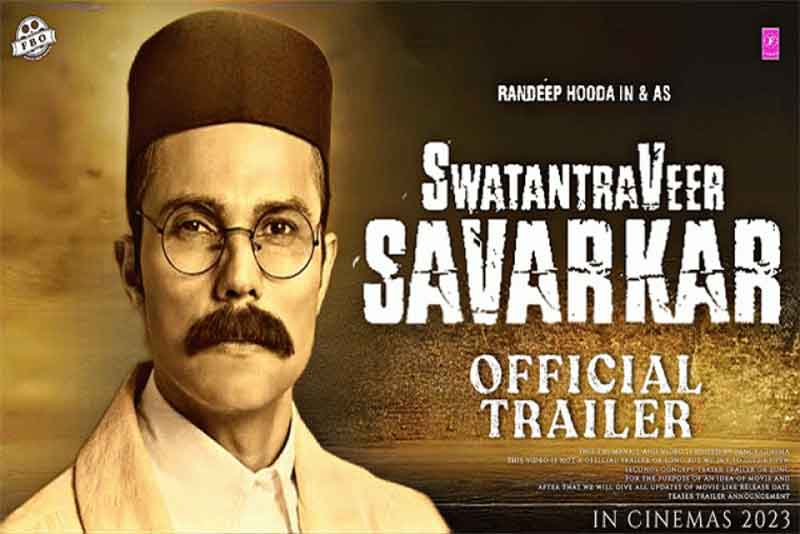
It seems so long ago when ( in the 1970s) the new wave cinema was promising to shake up the film scene leading to wider possibilities of more durable improvements in the overall quality of cinema. Certainly the high expectations were not confined to just Hindi cinema, although predictably this was talked about more. I remember travelling a long distance to view films like Girish Karnad’s Kaadu ( Kannada), Vasudevan Nair’s Nirmalayam ( Malyalam) and Mrinal Sen’s Padatik ( Bangla), and returning with a strong feeling that these were even better than some of the Hindi new wave films that were being made at that time.
The Hindi new wave at that time was said to have been heralded by Mrinal Sen’s Bhuvan Shome and it was talked about a lot that such a different film could get a release in the normal commercial film distribution circuit and that people purchased tickets and flocked to cinema halls to watch this film. True there was something refreshing about the simplicity of the story , rural situations depicted and of course the lead roles played so well by Suhasini Muley and Utpal Dutt. But in retrospect we may well ask—was this really a great film overall? Can this really be credited with heralding a new wave? I think it was a moderately good film but certainly not the kind of great film that could initiate a new cinema movement.
Of course the new wave in Hindi cinema did result in some truly outstanding films like M.S. Sathyu’s Garm Hawa which could capture the dilemma faced by minority community at the time of partition in very moving terms. But the wider expected more durable impact of new wave Hindi cinema could not really emerge.
In retrospect it appears that this was perhaps because adequate effort was not really forthcoming to make films of great social concern which could reach out to common people in a way that could provide people with a very different notion of cinema than what they had been exposed to all along by masala or formula films of commercial Hindi cinema. The new wave could have built further on the tradition of some classic films made by earlier great film makers like Bimal Roy and V. Shantaram who made several films of great social concern which could communicate very well with audience. Unfortunately, in terms of selection of stories, the most important social concerns did not really receive adequate attention during the new wave. In addition adequate attention was not given to the really important aim of reaching out to common people. There were only a few exceptions like Garm Hawa which were very well liked by at that time and are still remembered for their high social relevance and the deep impact these films made on viewers.
One hopes that some important lessons will be learnt from the inability of the new wave in Hindi cinema to realize its full potential. Now with several technology related changes and new ways of reaching out to people with a different kind of films, one hopes that more attempts will be made to reach more people with socially relevant films and with continuity and consistency of such efforts some sort of a movement can be created around such efforts, with film makers and technicians also eager to support and contribute to the efforts of each other.
Bharat Dogra is a journalist and author. Hs recent books include Man Over Machine and Sachai Ki Kasam, a collection of Hindi short stories.
GET COUNTERCURRENTS DAILY NEWSLETTER STRAIGHT TO YOUR INBOX

















































